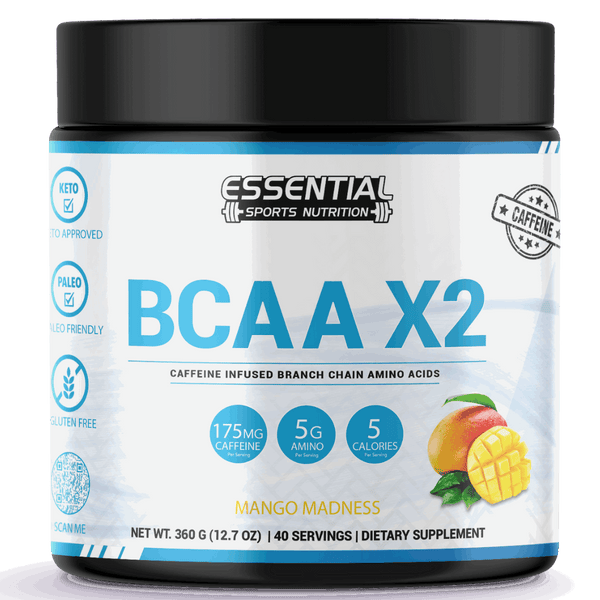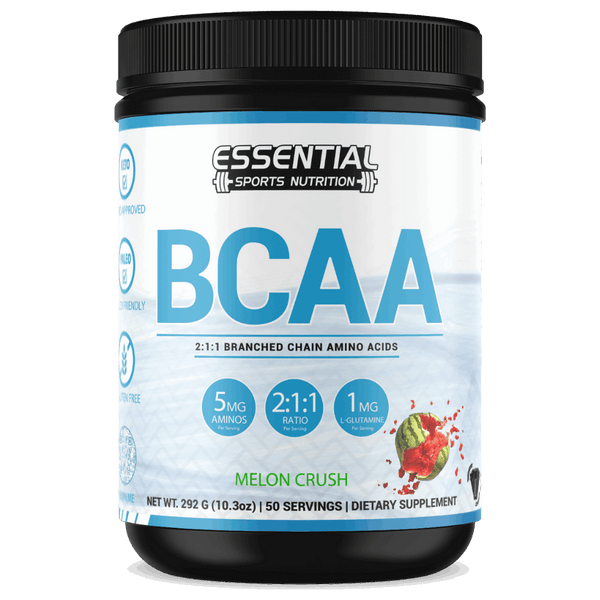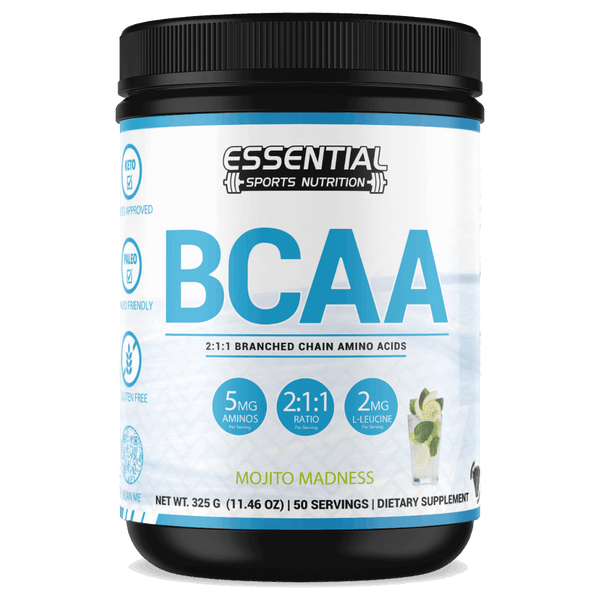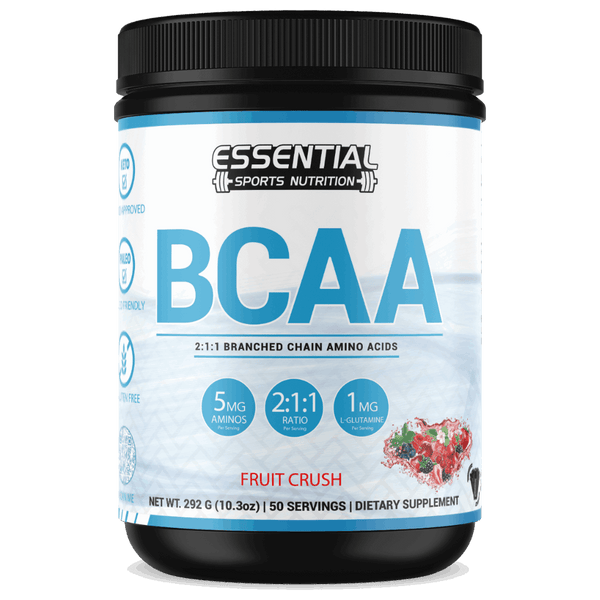Power of Zone 2 Cardio Training for Optimal Fitness
Imagine your breath forming a steady rhythm, much like the ebb and flow of waves, as you engage in the moderate yet consistent exertion of Zone 2 cardio. You've likely heard of high-intensity workouts that promise quick results, but it's in this vital, often overlooked, training zone where you can bolster your aerobic capacity, enhance fat utilization, and lay the foundation for improved overall fitness.
As you lace up your sneakers and set your heart rate monitor, you might wonder how this gentler approach can fit into your fitness regimen and what benefits it may hold for you in the long run. While it might not have the allure of more vigorous training methods, understanding the subtleties of Zone 2 cardio could unlock new potential for your endurance and health. Stay tuned to uncover the ways in which this training can be seamlessly integrated into your lifestyle and the long-term advantages it offers.
Understanding Zone 2 Training
To effectively enhance your cardiovascular fitness and endurance, it's crucial to grasp the concept of Zone 2 training, which involves exercising at a moderate intensity that keeps your heart rate between 60-70% of your max heart rate. This is often referred to as the aerobic zone, where you're primarily using fat as your energy source.
By engaging in a Zone 2 training workout, you're not only burning calories, but you're also building an aerobic base that's essential for overall health and sustained energy. This low-intensity exercise is crucial for improving the efficiency of your heart and lungs. Regular Zone 2 cardio can also aid in weight management and increase endurance, making everyday activities easier.
To ensure you're in the right heart rate zone, use a heart rate monitor. It will help track your Zone 2 Heart Rateaccurately, taking the guesswork out of your workout intensity. Remember, the goal isn't to go all out, but to maintain a level of exertion where fat oxidation is optimized. Your rate of perceived exertion should be low, indicating that you can sustain this level of activity for a long duration, tapping into different energy systems without overtaxing your body.
Benefits of Zone 2 Cardio
You'll find that engaging in Zone 2 cardio bolsters your aerobic fitness, allowing your heart and lungs to work more efficiently during exercise. It's also a key player in fat burning, as this moderate-intensity workout taps into fat stores for energy. Moreover, by regularly practicing Zone 2 cardio, you're likely to see an improvement in your overall endurance and exercise performance.
Enhances Aerobic Fitness
Engaging in Zone 2 cardio regularly bolsters your aerobic fitness by enhancing the endurance and efficiency of your heart and lungs. Here's how you'll reap the benefits:
-
Optimizes Energy Utilization: Zone 2 training encourages your body to use fat as its primary energy source. This process, known as fat oxidation, helps in weight management and improves body composition.
-
Boosts Mitochondrial Density: By exercising at a moderate intensity, you stimulate the production of mitochondria to power your muscle cells. This improvement leads to better endurance and cardiovascular fitness.
-
Regulates Heart Rate: Maintaining your heart rate within the Zone 2 range (60-70% of your maximum) during exercise ensures you're working at an intensity that enhances aerobic capacity without overtaxing your system.
Incorporate Zone 2 cardio into your routine to maximize these benefits of zone training.
Supports Fat Burning
When you consistently incorporate Zone 2 cardio into your exercise routine, your body becomes more adept at burning fat for energy, supporting your weight management and body composition goals. Zone 2 training burn focuses on using fat oxidation, which means the fuel your body uses during this moderate-intensity exercise is mainly fat trending towards a more efficient use of fatty acids. By conditioning your body to use fat, along with oxygen, as an energy source, you're not only improving your overall health but also enhancing your body's endurance capabilities. This makes Zone 2 cardio a vital component for those looking to manage weight and increase the body's efficiency in burning fat for energy.
Identifying Your Zone 2 Heart Rate
To identify your Zone 2 heart rate, first calculate your maximum heart rate and then apply the 60-70% range to determine the target beats per minute for this moderate intensity exercise zone. Knowing your Zone 2 heart rate is crucial for heart rate training, as it ensures you're training in zone effectively, optimizing the health benefits of your workouts.
Here's how you can calculate your zone:
-
Find Your Maximum Heart Rate (MHR): Subtract your age from 220. This formula gives you an estimate of the highest number of times your heart should beat per minute during exercise.
-
Calculate the Zone 2 Range**: Multiply your MHR by 0.6 and 0.7 to find the lower and upper boundaries of your Zone 2 heart rate using beats per minute.
-
Determine Your Resting Heart Rate (RHR): For a more precise calculation, measure your RHR upon waking, before getting out of bed.
Zone 2 Training Techniques

To effectively engage in Zone 2 training, you'll first need to grasp the basics of this moderate-intensity exercise zone. You can establish your personal Zone 2 heart rate range by calculating 60-70% of your maximum heart rate. Once you've got your range, it's crucial to integrate Zone 2 sessions into your routine, ensuring you're exercising at the right intensity for optimal benefits.
Understanding Zone 2 Basics
Delving into Zone 2 training techniques, you'll find that maintaining a moderate exercise intensity within 60-70% of your maximum heart rate is key to harnessing the full spectrum of aerobic benefits.
Here's how you can effectively engage in Zone 2 training:
-
Calculate Your Target Heart Rate: Determine your maximum heart rate and aim to exercise within the 60-70% range to stay in Zone 2.
-
Choose Your Activity: Opt for cardio activities like brisk walking, cycling, or swimming, ensuring they're performed at a steady pace for a long time.
-
Monitor Your Intensity: Use a heart rate monitor to keep your effort consistent, optimizing mitochondrial function and teaching your body to efficiently use carbs for energy.
Zone 2 training offers a sustainable approach to improve your Cardio fitness within the Zone Rate Zones, without overexertion.
Establishing Heart Rate Range
Establishing your Zone 2 heart rate range is a crucial step in optimizing your cardio workout for endurance and fat burning. To calculate your max HR, subtract your age from 220. Your Zone 2 fitness level lies between 60% and 70% of this number. For accurate monitoring, use a heart rate monitor or fitness tracker during exercise. This ensures your intensity cardio is low enough to stay within your established heart rate range.
Integrating Zone 2 Sessions
Having established your Zone 2 heart rate range, it's time to integrate these cardio sessions into your workout routine to enhance endurance and cardiovascular health. Here's how to get started:
-
Start Slowly: Begin with shorter, low intensity workouts, such as a 30-minute brisk walk or cycle, a couple of times a week. This allows your body to adapt without overdoing it.
-
Build Gradually: Over time, aim to increase the duration of your sessions. Working up to an hour or more enables you to reap the benefits of long, steady Zone 2 cardio, especially the benefits of cycling for long time periods.
-
Balance Your Routine: Mix Zone 2 sessions with high-intensity training and rest days. This ensures you're not overtraining and that your ability to exercise consistently improves.
Fat Burning and Zone 2

When you exercise at a moderate intensity, such as within Zone 2 cardio, you're primarily burning fat as your body's energy source. This is because at this lowest intensity, your body can efficiently use fat for fuel. Exercising in Zone 2 doesn't feel as strenuous as higher intensity workouts, allowing you to maintain this level of activity for longer periods and improve your aerobic fitness.
By staying in Zone 2, you're enhancing your body's ability to transport and use oxygen, which is crucial for increasing the number of mitochondria – the powerhouses in your cells that help burn fat. This type of fuel utilization not only aids in weight management but also helps in building endurance.
To optimize your workouts for fat burning, keep a close eye on your heart rate. Use the table below to help you gauge if you're in the right zone:
| Activity | Indication You're in Zone 2 |
|---|---|
| Heart Rate | 60-70% of Max HR |
| Breathing | Easy to hold a conversation |
| Effort | Feels manageable |
| Duration | Can sustain for long sessions |
| Progress | Gradual increase in time/intensity |
Zone 2 for Weight Loss

While you're tracking your heart rate to stay within Zone 2 for fat burning, you'll also be positioning yourself for effective weight loss. Operating at 60-70% of your maximum heart rate, Zone 2 cardio can help you manage your weight more sustainably than higher intensity workouts which may not be as easy to maintain.
Here's how Zone 2 training benefits weight loss:
-
Enhances Fat Oxidation: Your body's ability to use fat as a fuel source increases in Zone 2, making it an efficient way to burn fat.
-
Improves Metabolic Efficiency: Regular Zone 2 exercise increases the number of mitochondria in your cells, which helps supply your muscles with more energy.
-
Sustainable Exercise Routine: Since it's less taxing, you're more likely to stick to your workout regimen, aiming for the recommended 150 minutes of moderate exercise per week.
Zone 2 for weight loss not only contributes to fat reduction but also offers significant health benefits, including improved cardiovascular health and better endurance. Remember, consistency is key in reaping these benefits. So, keep your heart rate in check and enjoy your journey to a healthier weight!
Duration and Frequency of Workouts

To maximize the benefits of Zone 2 cardio, start with 20-30 minute sessions and gradually build up to longer periods of up to 60 minutes, aiming for at least two workouts per week. The amount of time you dedicate to these lower intensity workouts is crucial to reaping significant benefits without risking chronic overtraining. Zone 2 sessions should be consistent, so you'll want to maintain low intensity and listen to your body, adjusting as needed.
How long should a Zone 2 workout last? Initially, you might find that 20-30 minutes is sufficient to challenge your cardiovascular system. As your endurance improves, you can increase the duration, working up to about an hour. This gradual progression helps your body adapt safely.
While high intensity workouts are often limited to a few times a week to prevent overuse injuries, you can perform Zone 2 cardio nearly every day due to its gentler nature on your body. If you feel the need to take a break or scale back the intensity, don't hesitate. Remember, the key to improvement is regularity, not overexertion. Aim for at least two sessions a week, but feel free to include more as you become more comfortable and conditioned.
Avoiding Overtraining Risks

Gradually increasing the duration and intensity of your Zone 2 cardio sessions can significantly reduce the risks of overtraining. By focusing on "Train Slow" at lower intensities, you can reap the performance benefits without pushing your body into a state that invites health problems. Zone 2 cardio, often synonymous with an "easy run," allows your heart rate to stay in a range that enhances endurance and can improve insulin resistance, all while avoiding overtraining risks.
To ensure you're on the right track, consider these guidelines:
-
Listen to Your Body: If you're feeling undue pain or fatigue, adjust your intensity. It's crucial to avoid pushing through discomfort that can lead to injury or burnout.
-
Incorporate Rest Days: Recovery is key. Schedule regular rest days to allow your body to repair itself. This can help maintain a balance between stress and recovery.
-
Diversify Your Training: Cross-training can prevent mental and physical fatigue. Mixing in different activities keeps your workouts fresh and reduces the risk of overuse injuries.
Zone 2 Workout FAQs:
Q: What is zone 2 cardio training?
A: Zone 2 cardio training is a specific heart rate zone in which the intensity of the exercise allows the body to primarily use fat as a fuel source and improve aerobic capacity.
Q: How does heart rate training work in zone 2?
A: Heart rate training in zone 2 involves exercising at a moderate intensity, typically between 60-70% of your maximum heart rate, to improve endurance and fat-burning capabilities.
Q: What are the benefits of zone 2 training?
A: Zone 2 training offers benefits such as improved aerobic capacity, enhanced fat utilization, lower resting heart rate, and increased endurance for longer duration activities.
Q: How often should you do zone 2 training?
A: It is recommended to incorporate zone 2 training 2-3 times per week to reap its full benefits without overtaxing the body.
Q: How do you calculate your max heart rate for zone 2 training?
A: You can calculate your max heart rate by subtracting your age from 220. Then, multiply the result by the desired percentage (60-70%) to determine your zone 2 range.
Q: What is the significance of mitochondria in zone 2 training?
A: Mitochondria play a vital role in zone 2 training as they are responsible for energy production, and training in this zone contributes to mitochondrial adaptation, enhancing endurance and efficiency.
Q: Can training in zone 2 help lower resting heart rate?
A: Yes, consistent training in zone 2 can lead to a decrease in resting heart rate, indicating improved cardiovascular health and enhanced fitness levels.
Q: What are the different forms of cardio suitable for zone 2 training?
A: Zone 2 training can be achieved through activities such as cycling, swimming, brisk walking, and light jogging, all maintaining a heart rate within the designated zone.
Q: What is the difference between zone 2 training and HIIT?
A: Zone 2 training focuses on moderate-intensity, sustainable exercise within a specific heart rate range, while HIIT involves alternating periods of intense exercise and active recovery, targeting different energy systems.
Q: How can you tell if you're in zone 2 during exercise?
A: You can determine if you're in zone 2 by monitoring your heart rate. It should fall within the prescribed range, indicating that you are exercising at a moderate intensity.
Other Frequently Asked Questions:
What Is Considered Zone 2 Cardio?
You're asking about a level of exercise intensity that's not too tough yet still boosts your fitness. In this zone, you'll work out at a moderate pace, where you can talk but not sing. It's a sweet spot for burning fat and improving endurance without overdoing it. Aim for 60-70% of your max heart rate to stay in this zone, whether you're walking briskly, jogging, or cycling. It's all about balance and consistency.
What Cardio Is Best for Zone 2 Training?
You're on a quest for the holy grail of cardio, and the best activities for your training sit right before you. For a heart-thumping workout, you can't go wrong with brisk walking, steady jogging, leisurely cycling, or even a swim that feels like gliding through clouds. Keep these exercises at a pace where you can chat without gasping for air, and you'll master your cardio routine without breaking a sweat.
How Do I Know if I'm in Heart Rate Zone 2?
To determine if you're exercising at the right intensity, first calculate your maximum heart rate by subtracting your age from 220. Then, aim to keep your heart rate between 60-70% of that max while you work out. You'll know you're in the right zone if you can talk but not sing during the activity. Monitor your heart rate with a device or use the perceived exertion scale as a guide.
Is Zone 2 Cardio Best for Fat Loss?
You're chasing the holy grail of fat loss, aren't you? Well, while no single exercise reigns supreme, incorporating moderate-intensity activities like brisk walks or gentle jogs into your routine certainly fans the flames of fat burn. Staying in that sweet spot, where you're exerting enough without gasping for air, can help you torch calories effectively. It's not the only way, but it's a key piece of the puzzle for a leaner you.
Conclusion: Know Your Heart Rate
You now understand the power of Zone 2 cardio in boosting your health and endurance. Did you know that engaging in regular moderate-intensity exercise like Zone 2 can reduce the risk of heart disease by up to 50%? So, keep your heart rate in check, stick to your training routine, and you'll not only burn fat but also pave the way for a healthier, longer life. Remember, consistency is key—your heart will thank you for it.























